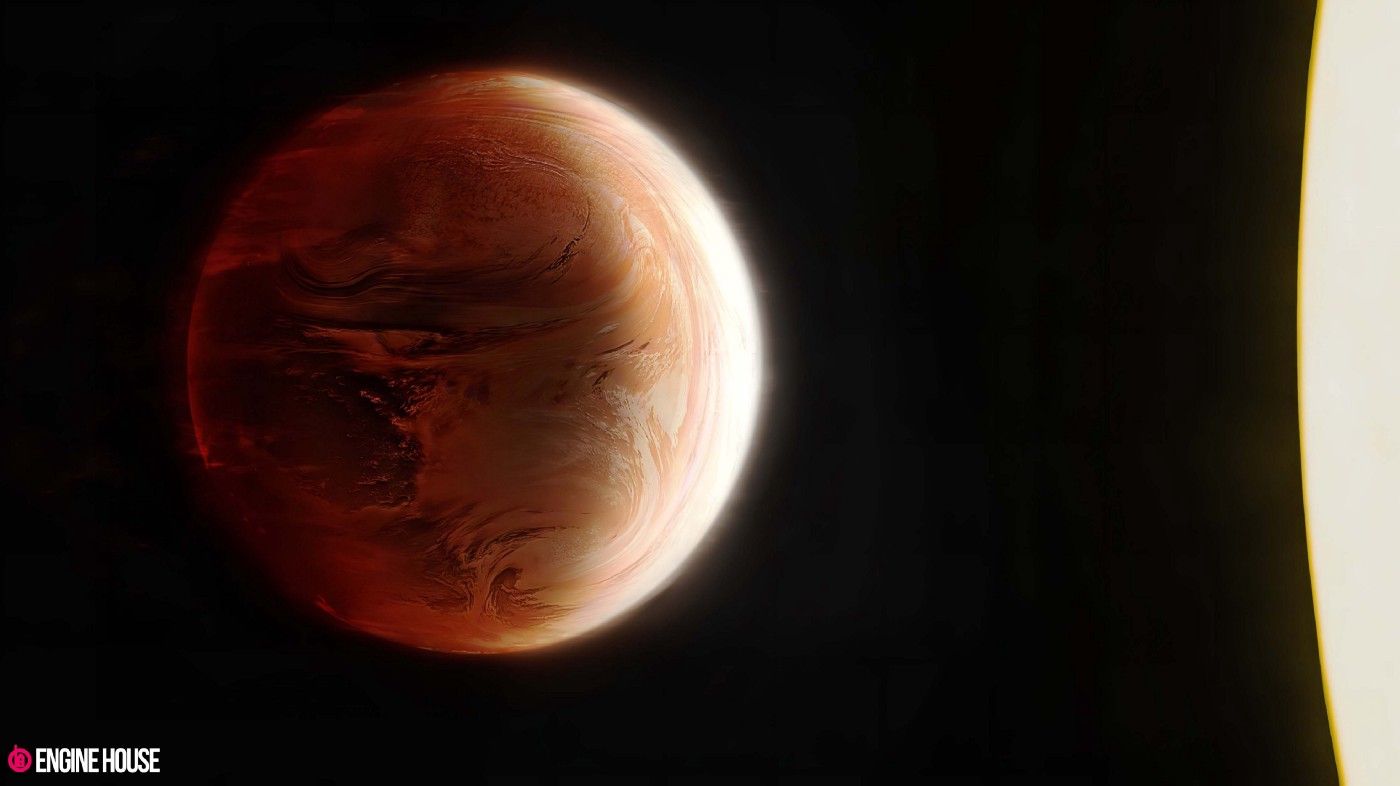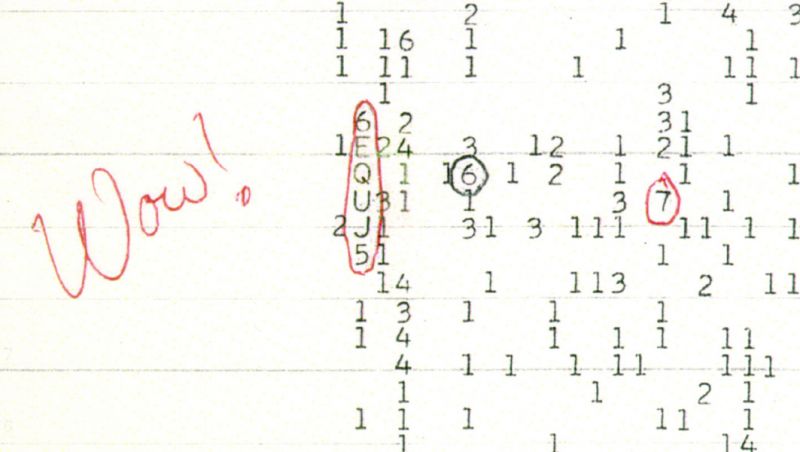Tidally locked hot Jupiter WASP-121b has an atmosphere so hot on one side that it breaks down water molecules and rains rubies and sapphires.

By Beth Johnson
Once you find a planet, you want to learn everything you can about it, and of late, that task has expanded beyond calculating mass and density and turned to understanding distant atmospheres. We’ve talked before about how, while waiting for a certain new telescope to launch and begin actual scientific data collection, researchers have used existing telescopes to peer into exoplanetary clouds. And they’ve done some incredible work with what they had, including getting the most detailed look at the nightside of a tidally locked hot Jupiter.
The planet is WASP-121b. It was discovered in 2015, is about 855 light-years away from our solar system, and has a mass about 20% greater than Jupiter’s mass. It’s also nearly twice as big as Jupiter. Additionally, it’s tidally locked to its star, so the same side always faces the star, and it whips around in a blistering 30-hour orbit. But because we can still get some separation between the planet and the star as it orbits, we can get a glimpse of the dayside before it passes behind.
Now in a new paper published in Nature Astronomy, the researchers published the merged data collected from both hemispheres of WASP-121b and an analysis of the atmosphere as a global system. Co-author David Sing briefly explains: To probe the entire surface of WASP-121 b, we took spectra with Hubble during two complete planet revolutions.
What they found was seriously interesting. WASP-121b upper atmosphere can reach temperatures up to 3000 degrees Celsius on the dayside, which makes the water molecules glow and even break down. On the night side, temps drop to 1500 degrees Celsius, and this gives rise to incredibly strong winds that move those glowing, broken water molecules to the cooler side of the planet. Of course, in cooling the atmosphere, the hydrogen and oxygen can recombine, become water vapor again, and get swept back to the hotter dayside. Lather, rinse and repeat.
But since the water vapor isn’t allowed to form clouds long enough or big enough to rain, what else is in the atmosphere? Metals. Specifically, iron, magnesium, chromium, and vanadium. And those metals can condense into clouds on the night side and possibly cause a rain of liquid gems like rubies and sapphires. No, really. It’s raining gems. Hallelujah?
Next up, the team hopes to get some time on that not-yet-collecting-science-data telescope that I will not name.
More Information
MPIA press release
“Diurnal variations in the stratosphere of the ultrahot giant exoplanet WASP-121b,” Thomas Mikal-Evans et al., 2022 February 21, Nature Astronomy
This story was written for the Daily Space podcast/YouTube series. Want more news from myself, Dr. Pamela Gay, and Erik Madaus? Check out DailySpace.org.
Originally published for medium.com





